

26 May 2021
Lab closures, project delays, funding concerns and restricted travel – 2020 as a scientist was a tough one. Thankfully, labs are back open and delayed projects are picking up once again. Travel restrictions are still in place however, meaning that in-person events are still a way off. …
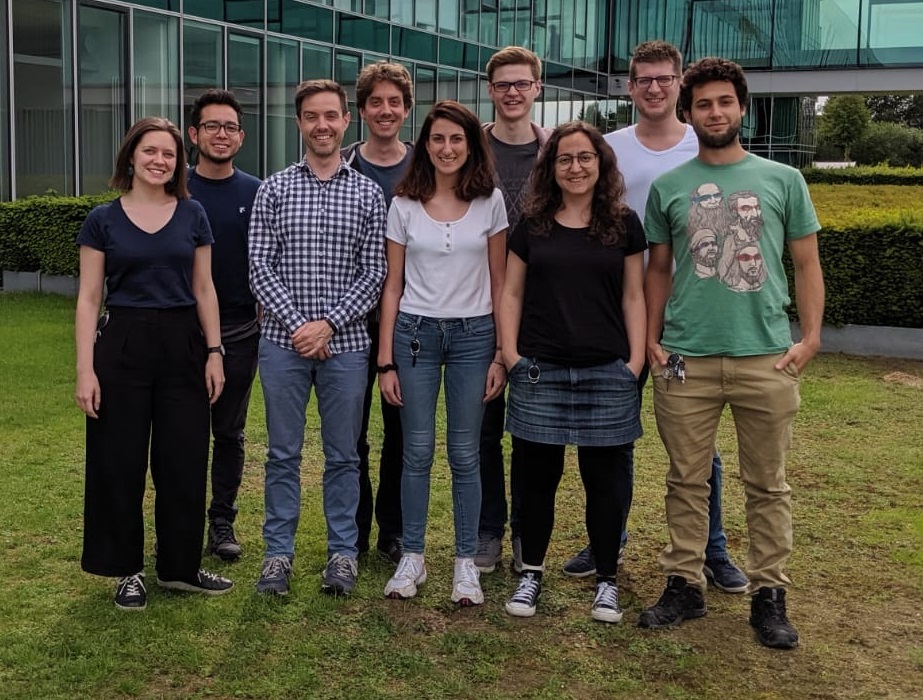
16 October 2020
Three-dimensional chromatin architecture is vital for cell functionality. In recent years, there’s been a marked increase in the effort to bridge the gap between transcription activity and 3D chromatin structure. …
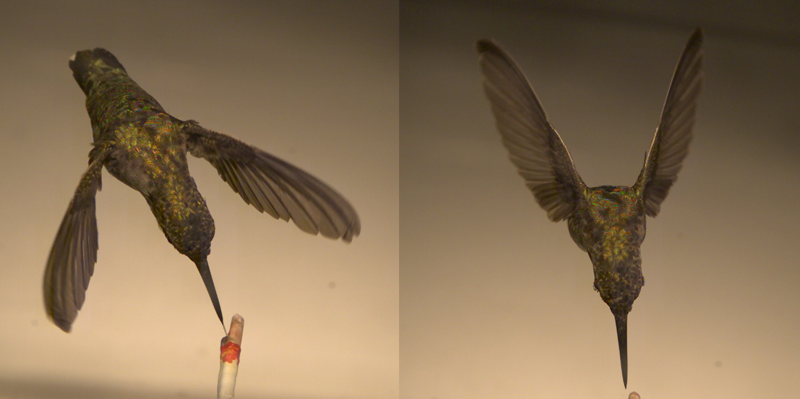
12 February 2020
In 2014, Dr Sridhar Ravi, University of New South Wales, received a Travelling Fellowship from Journal of Experimental Biology. Using the grant, he visited labs run by Professor Andrew Biewener and Professor Stacey Combes in the Department of Organismic and Evolutionary Biology at Harvard University. …
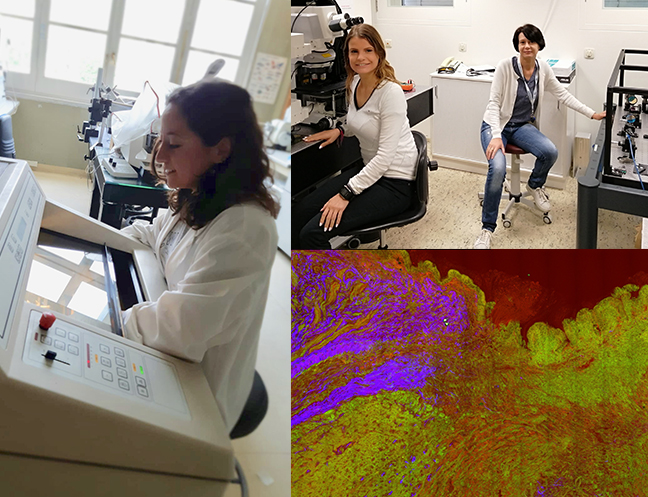
30 September 2019
As intelligent problem-solvers and devious escape artists with the ability to change colour, skin texture and shape, octopuses have captured the minds of researchers for good reason. Hydrostats make up the octopus’ most well-known feature, its eight arms. …
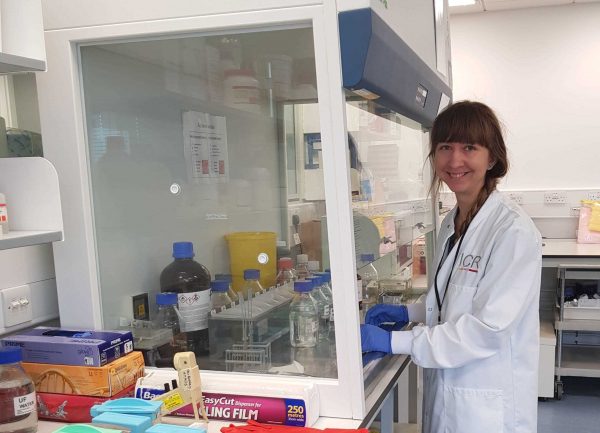
16 April 2019
Glioblastoma multiforme (GBM), a grade IV brain tumor, is the most common malignant primary brain cancer in adults. Patients with GBM have a poor prognosis following standard therapy, with a 5-year survival rate of only 3-5%. Although novel therapies against GBM have been tested, the standard care has remained unaltered for over 15 years. …
6 April 2021
With much of the world still ground to a halt, we’ve missed sharing stories from our Travelling Fellowship recipients. These grants provide early-career researchers with the means to visit international labs and while travel remains restricted, we decided to use this time to catch up with some of our previous recipients. …
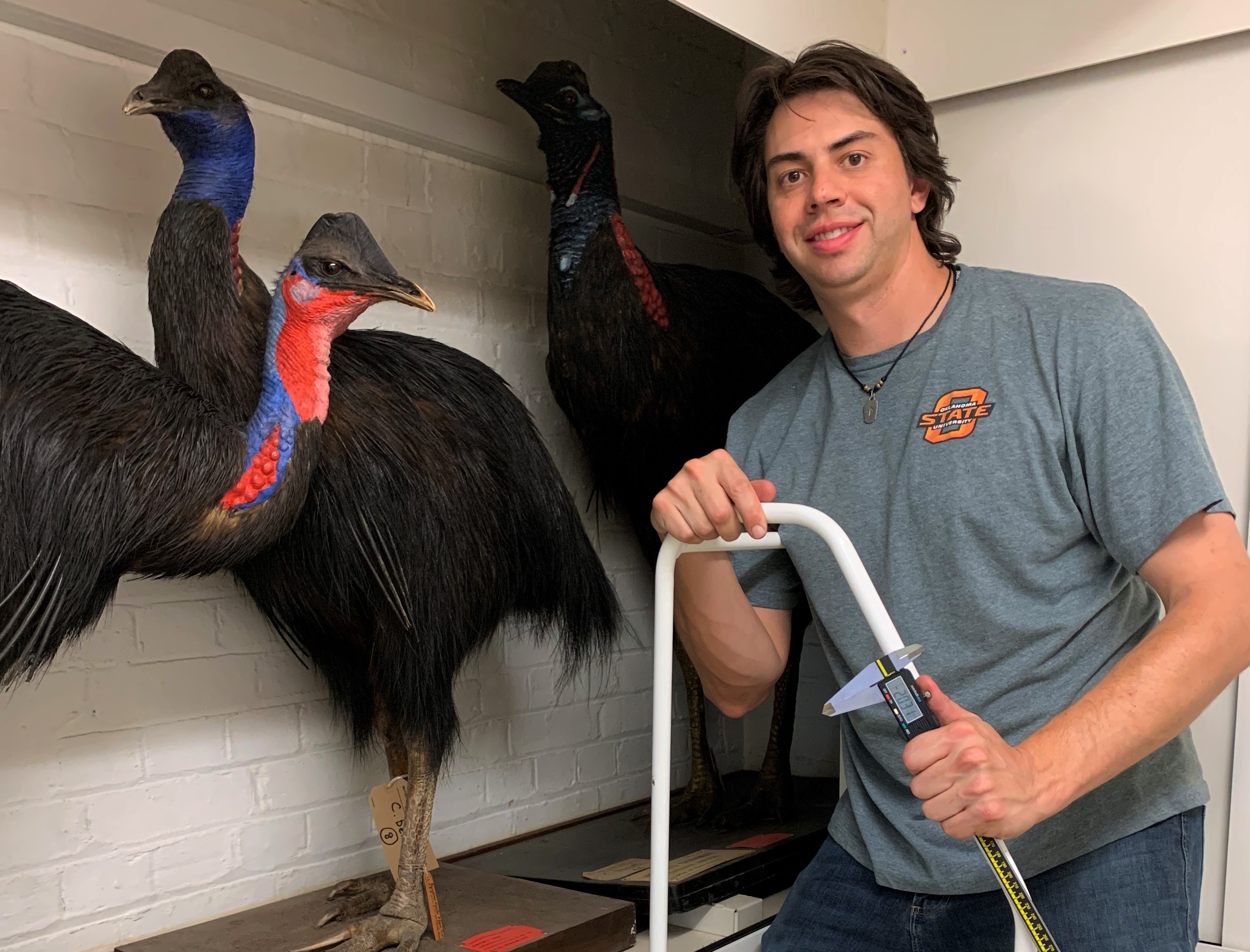
15 October 2020
For biologists around the world, the UK’s Natural History Museum is one of the most significant icons in the field. Housing 80 million items spanning 4.5 billion years, the Museum first opened its doors in 1881 and is known as the leading centre of natural history and research in the world. …
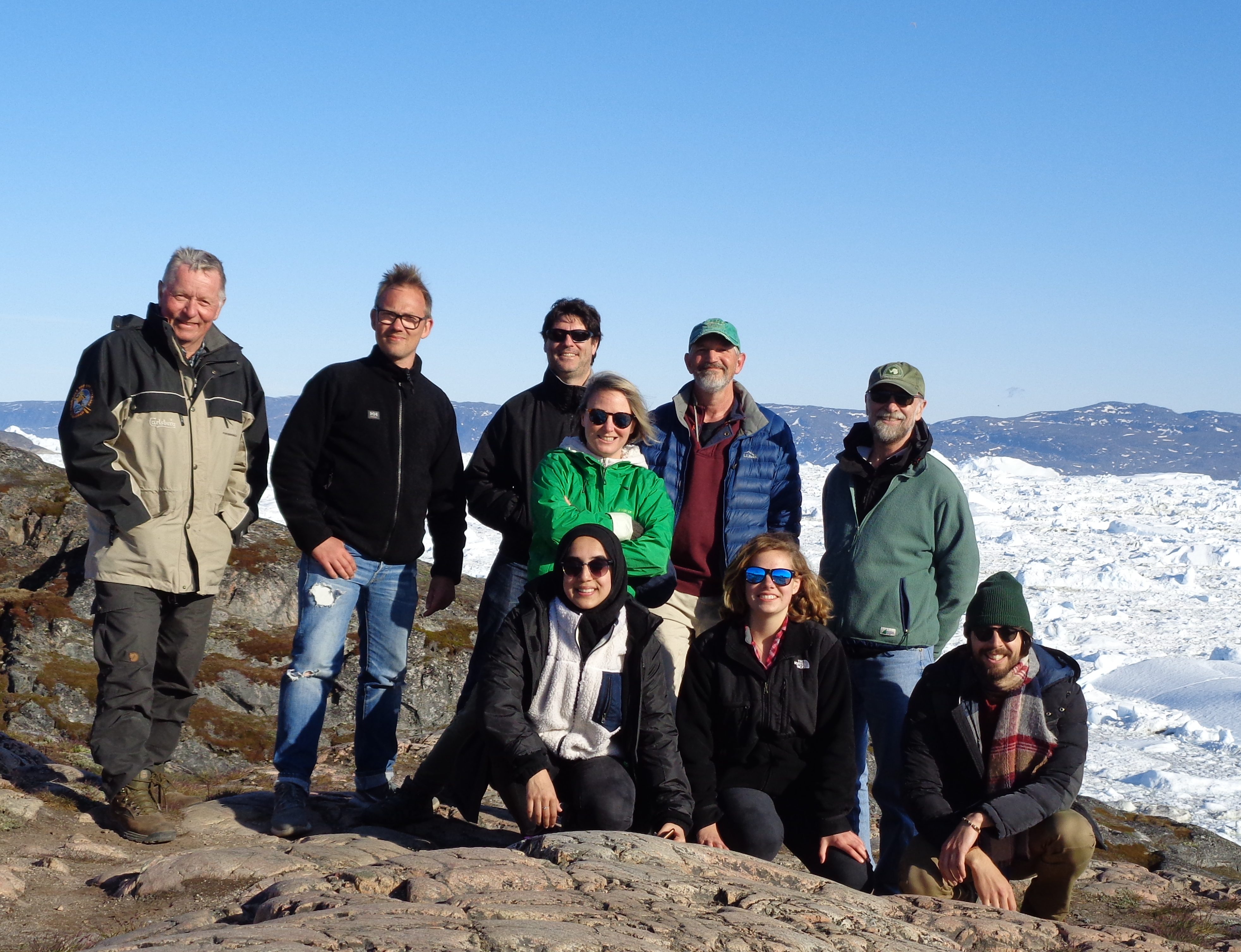
12 November 2019
The Greenland Shark, Somniosus microcephalus, has remarkable longevity and is the longest-living vertebrate known to science. The decline of shorter-lived species involves the loss of DNA integrity via the loss of DNA repair mechanisms. The longevity of the Greenland Shark suggests resilience to this age-related functional decline. …

19 June 2019
The three-dimensional mechanical forces generated during the activation of T lymphocytes have been quantified at unprecedented spatiotemporal resolution. To do so, Postdoctoral Researcher Huw Colin-York from the Fritzsche Group, which studies Biophysical Immunology at the University of Oxford, travelled to the laboratory of Prof Dong Li at the Chinese Academy of Sciences, Institute of Biophysics, Beijing, courtesy of a Travelling Fellowship from the Journal of Cell Science. …
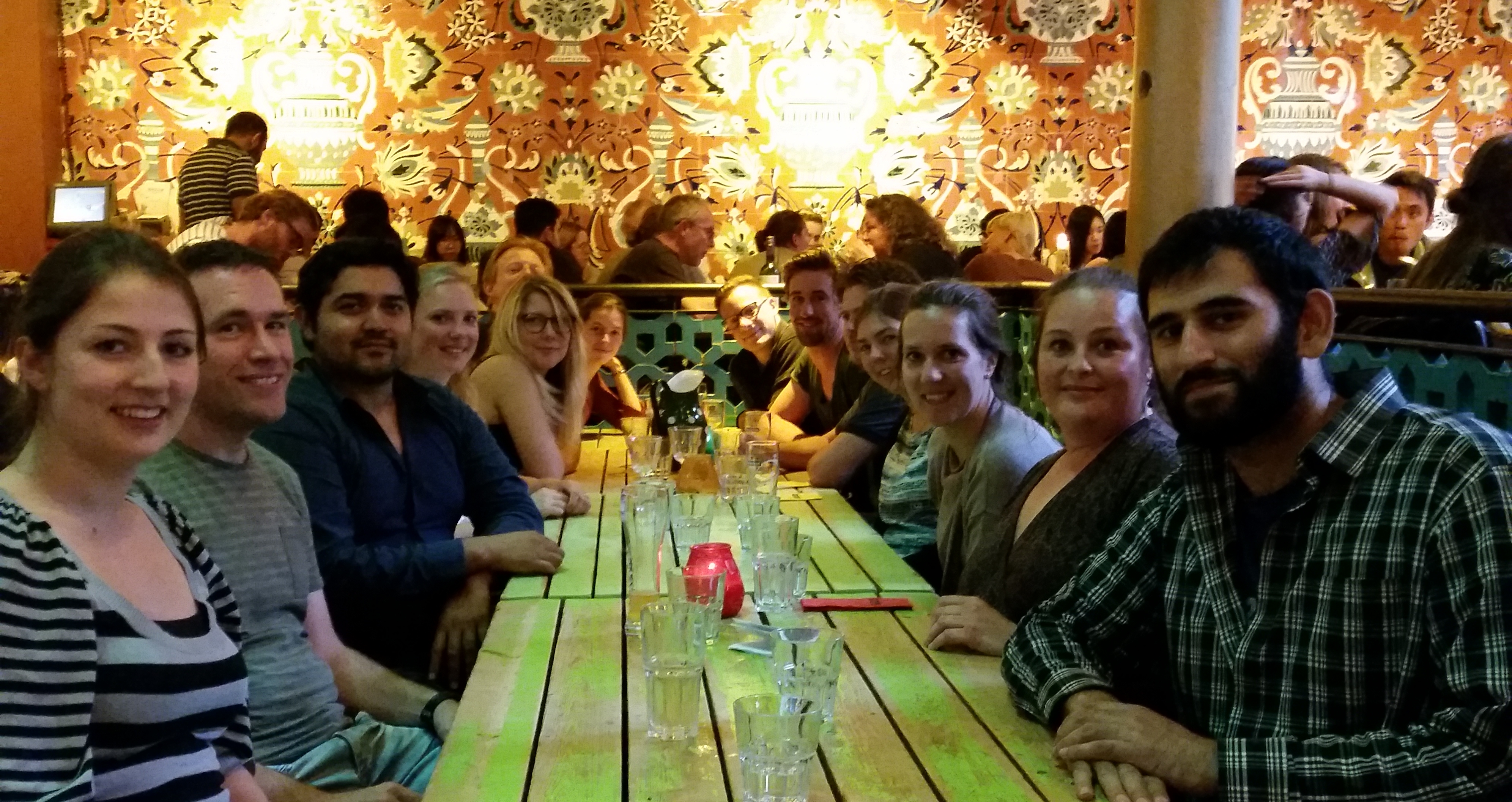
19 April 2018
Transplantation of hematopoietic stem cells (HSC – stem cells that produce new blood cells) is a common treatment for several leukaemias. Following transfusion, HSCs migrate from the circulatory system into bone marrow niches, where they begin a process of self-renewal and proliferation that supports lifelong normal blood cell production. …
You must be logged in to post a comment.